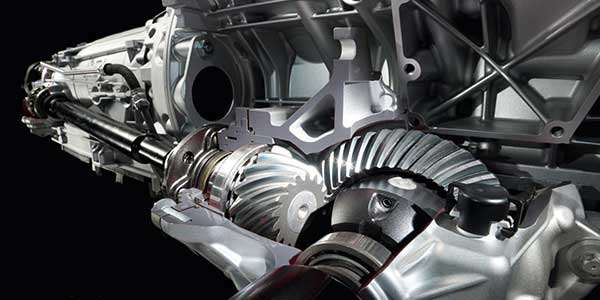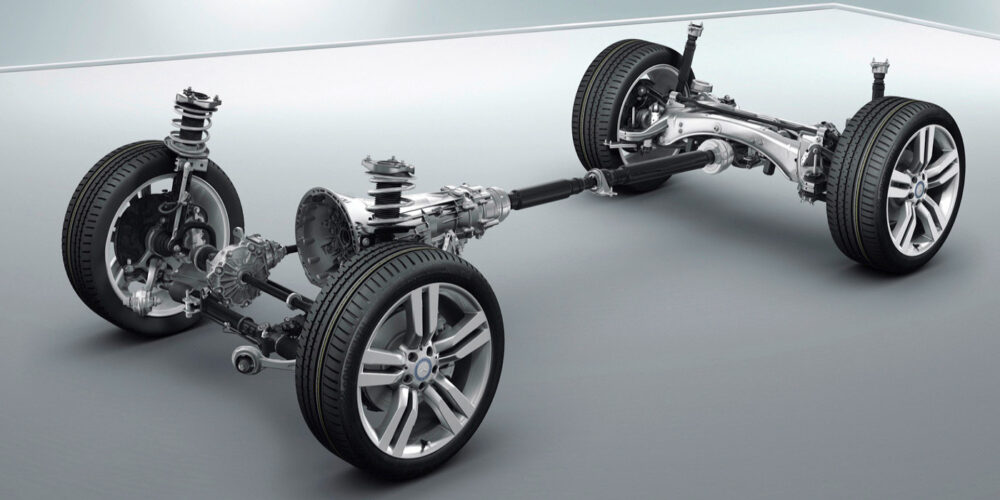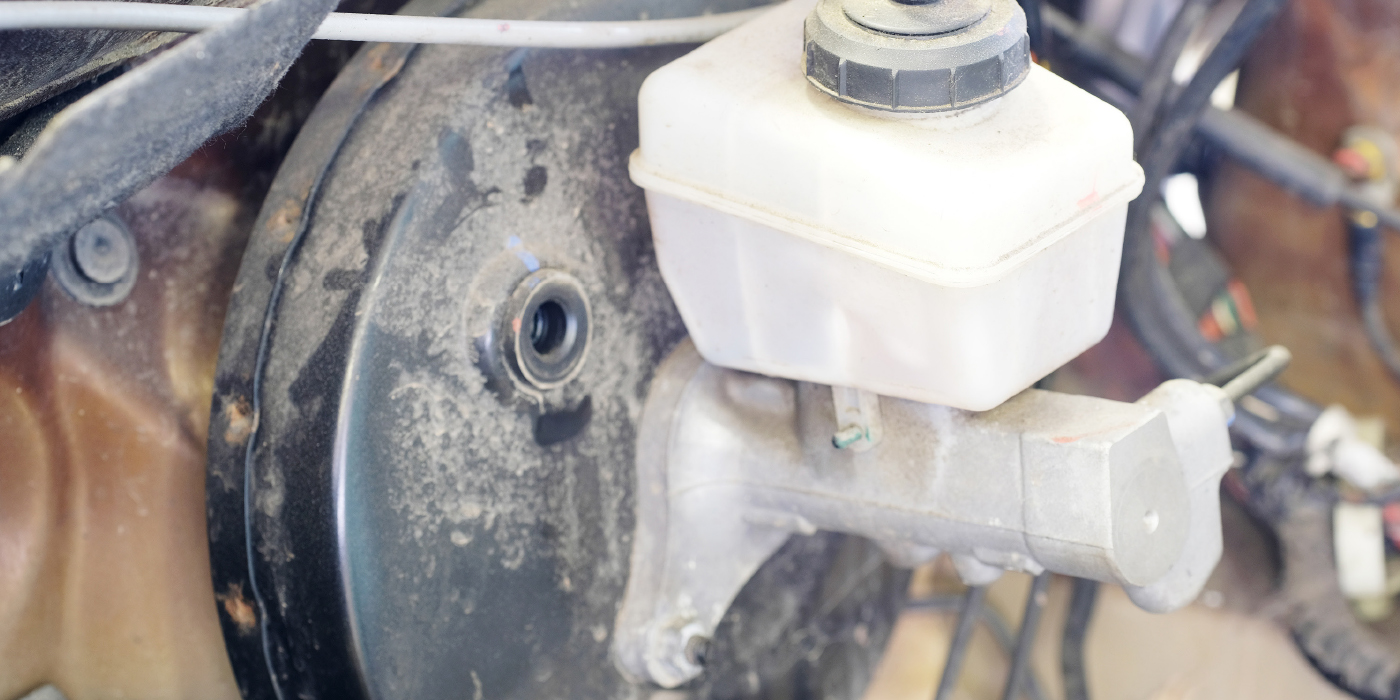Why are some driveshafts two pieces?
It comes down to harmonics. A large single piece driveshaft has a natural frequency that is within the range of human hearing. A two-piece driveshaft breaks up that harmonic.
What are the symptoms of a failed joint?
There are different things to look for when you suspect universal joint problems:
• The cling and crunch sound when going from drive to reverse with the brake on;
• Rust-colored dust around the universal joint itself;
• With driveshaft removed, any binding in the movement of the universal joint; and
• Vibration on takeoff and vibration on torque.
What is phasing?
Phasing is the proper alignment of the inboard yokes. The first thing to do after the vehicle has been hoisted and the driveshaft has been removed is to mark the yokes for correct phasing. If you are working with a split shaft, make sure to mark the shaft before splitting the shaft.
How should a driveshaft be secured in a vise?
Make sure to clamp around the yoke and not on the hollow tube itself. This eliminates the chance of the hollow tube being damaged if clamped too hard. The best way to remove an old universal joint is to use the proper tools. If the shaft is dented it should be replaced.
Why do center bearings fail?
Premature failure of the center bearing could be the result of too much driveshaft angle, the water shield being missing or damaged, road salt and moisture, or damaged rubber casings. Also, high mileage and bearing wear can contribute to premature wear.
How can tell 4WD shaft noise from transfer case noise?
Driveline noises caused by loading in 4WD vehicles may be mistaken for transfer case or front axle noise because they can sound very similar. 4WD noise caused by loading may exhibit the following conditions:
• The noise will be greatest on a clear, dry road and decrease on a low-traction surface. Front axle or transfer case noise caused by a bearing, ring and pinion, or planetary gearing will be the same on all surfaces;
• The noise will increase while making a tight turn. Most front axle or transfer case noises won’t increase;
• The noise can be changed from a deceleration condition to acceleration (or acceleration to deceleration) by raising or lowering tire pressure at one end of the vehicle; or
• One or more of the tires may show small, short scratches around the circumference of the tire tread. These scratches are caused by the tire slipping, or “scuffing,” on the road surface.














